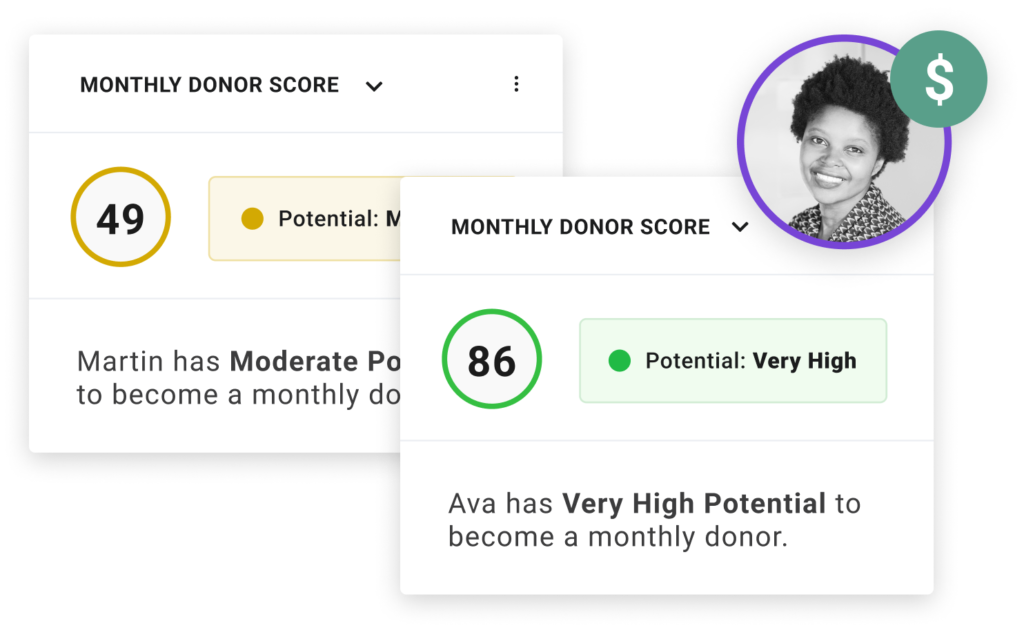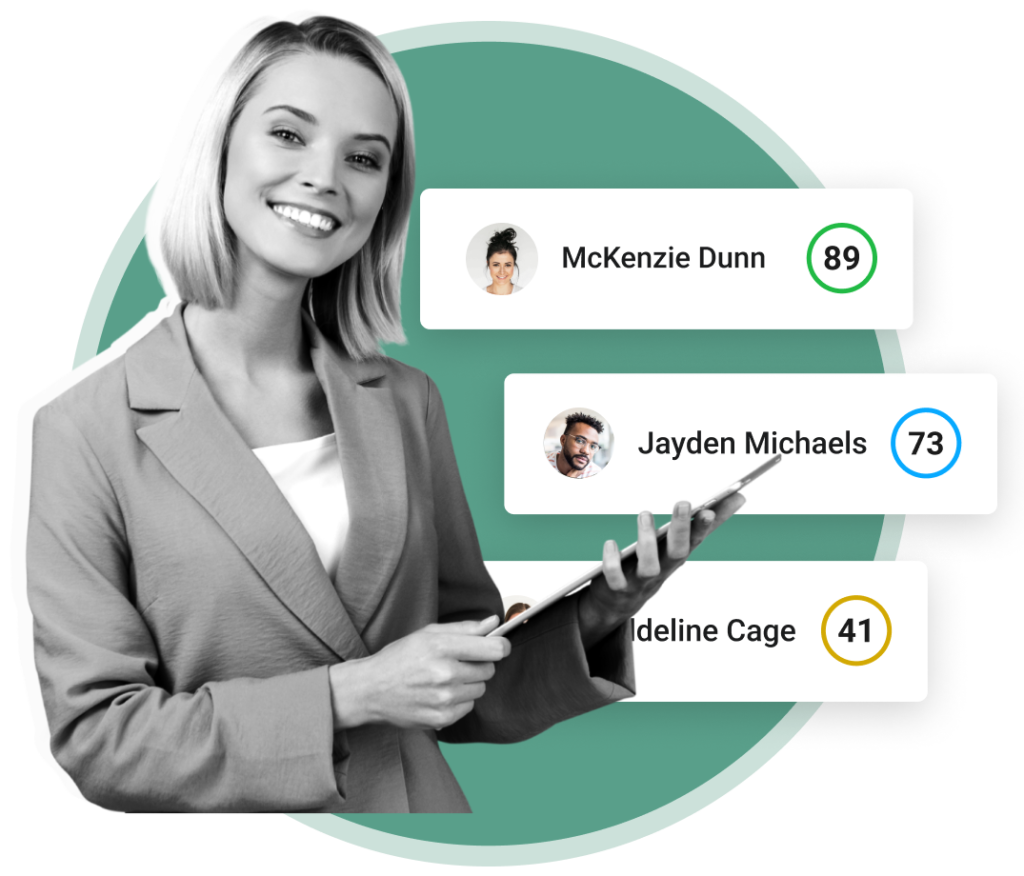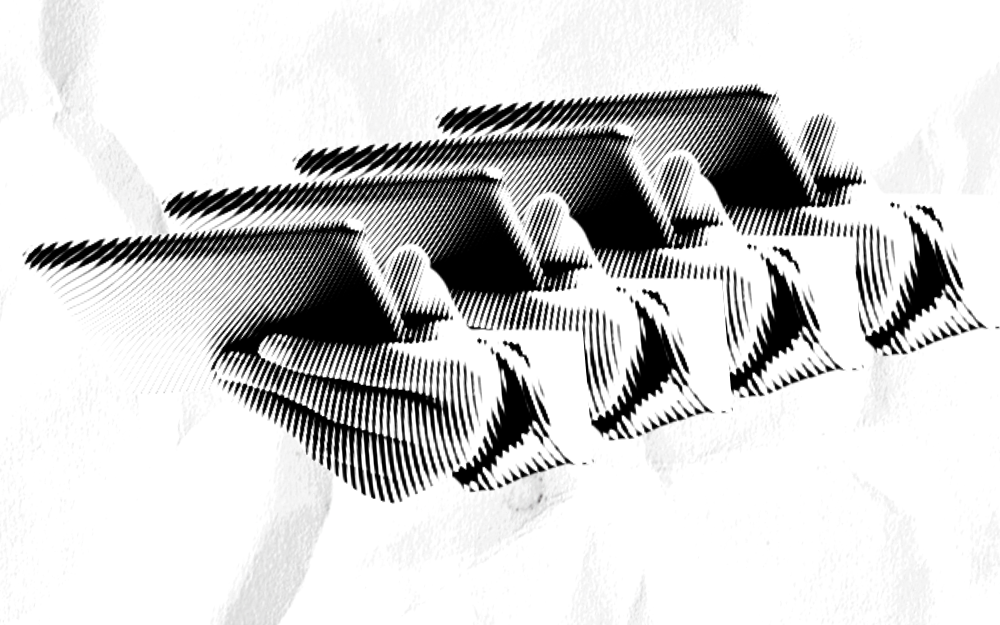Your donor database is the central hub of your organization, storing your data and registering every interaction your organization has with prospects and current donors alike.
It is an integral element of your fundraising toolkit, enabling you to store vast amounts of data from donor behavior to interests to giving history. All of which is crucial to understanding what motivates your donors to give and allowing you to build long-lasting relationships with each of them.
However, for the vast majority of nonprofits, the sheer amount of data stored for each donor can be overwhelming. While collecting data is important, there is sometimes too much information to sift through in order to make informed decisions.
As such, there is often a large amount of untapped potential hidden in your database. Fundraising opportunities are missed every day across the sector as fundraisers attempt to allocate their resources and time across the entirety of their donor ecosystem.
Learn more about Your Donors
See how Fundraising KIT can help you identify patterns in your donor database and predict your donors’ next move..
These donors have the potential to become recurring donors, or major givers, but have yet to be cultivated in the right manner. And so, for fundraisers, the question is – how can you use your data to understand what will motivate a donor to give?
The answer is not manual calculations. As the technology available to nonprofits catches up with its for-profit counterparts, fundraisers are now turning to artificial intelligence to predict their donors’ giving behavior.
What is Artificial Intelligence, and How Does It Predict Donor Behavior?
Artificial Intelligence, or AI for short, is the ability of a computer to perform tasks that require human intelligence and cognition. This technology is underpinned by Machine Learning, which is the computer process of analyzing large data sets, performing specific actions, learning from these actions, and continuously self-improving.
To put it simply, AI is used to predict what is going to happen next based on the historical data available. AI-powered tools keep learning from every interaction, to make smarter recommendations as more data is fed through the algorithms.
When designed to assist fundraisers, AI has the ability to reshape the way nonprofits fundraise, enabling organizations to gain a deeper level of insight into their donors and the factors that influence their behavior and decision-making.
Fundraising KIT’s AI-powered tools study entire donor databases to:
- Uncover patterns and trends in giving behavior,
- Surface potential opportunities
- Predict who is most likely to give,
- Provide recommendations on how to best engage donors

Talk to a fundraising expert today to learn more about how Fundraising KIT can quickly and easily help your nonprofit raise more for your cause.
Let’s look at some of the different ways Fundraising KIT’s AI-powered predictions work, and how they can predict donor motivations.
How Much A Donor Is Likely To Give
Understanding a donor’s capacity to give, and asking for the right amount is critical to a successful appeal. Asking for the right amount from a specific donor increases the likelihood for this person to give, and reduces the chance of underestimating their ability to give.
For example, if you ask for too much, you could discourage a donor and end up with nothing. On the other hand, if you ask for too little, you could miss out on a larger donation they may have been prepared to make.
However, through AI-powered predictive analytics, fundraisers can make optimal donation requests, based on each donor’s past behavior.
Fundraising KIT’s Smart Ask feature, for example, uses machine learning to provide you with suggested donation ranges, as well as the predicted optimal amount to ask from each donor in your database. To calculate this, KIT’s algorithm’s factor in:
- Donation history
- External factors like the day of the week and the weather
Studies have shown that it can be worthwhile to wait until a sunny Friday to make your ask as people’s moods are generally better. Fundraising KIT factors this and more into its algorithms when creating its predictions and insights.
What Time Of Year Is A Donor Most Likely To Give To Your Organization
For fundraising, timing is everything. Imagine how much more successful your outreach would be if you were consistently making the ask when a donor is more likely to give? You would vastly increase the likelihood of an organization maximizing its donation revenue.
Normally, this would be a laborious process for a fundraiser: studying each donor, detailing every time a donation was received, and determining the correlating factors between donations at different times of the year.
Multiply this process by every donor in your database and this is simply not a viable option for one fundraiser, let alone a team of fundraisers to undertake.
Machine learning algorithms perform this type of work in seconds. They can analyze entire datasets to determine what time of year each donor is most likely to make a donation – identify donors with unique donation patterns, help avoid donor fatigue, and ensure you can prepare effective communications, and plan accordingly.

What Method Of Communication Will A Donor Best Respond To
Every donor will have a preferred communication method. However, if you are juggling thousands of donor preferences, it will be impossible to remember each one’s preferred medium.
To ensure you are engaging with each donor the correct way, KIT has developed the “Best Way To Reach Out.” This feature analyzes your outbound email data, donation history, and registered interactions to predict what medium an individual is most comfortable with, letting you send tailored communications via email, direct mail, or text message.
KIT uses a ‘Random Forest Classifier’, made of a large number of decision trees, trained on your data. Each ‘tree’ votes on the best way to each based on recent activity, resulting in the statistically best way to reach each of your donors.

Who Is Likely To Become A Recurring Donor
A recent study found that over 85% of first-time donors will never give again.
However, these contacts can be valuable resources if engaged correctly. Of donors who have given before, around 34% will give again.
By engaging donors with the right campaigns, fundraisers can convert these one-time donors into recurring givers to their organization and continually increase the steady flow of donations coming in each year.
Fundraising KIT’s Recurring Donor Score feature dives into a donor’s historical giving data to analyze their behavior and surface your donors most likely to become recurring givers.
A multitude of factors, including payment method, the average amount of any donations given, even down to the day of the week, are considered and analyzed to determine those statistically likely to convert.
By incorporating AI-powered tools in everyday processes, fundraisers can better understand the wide range of outside factors that influence decision making, identify more engaged prospects, and build campaigns more strategically. Use AI in fundraising to positively predict donor behavior and uncover missed opportunities.

Stephen O’Neill
Marketing and Partnerships Manager at Fundraising KIT
Passionate about exploring and learning, Stephen has spent the past number of years working across marketing teams in Canada, Australia, and his native Ireland. Stephen has worked in, and written content for, a multitude of industries including the nonprofit, investment, and financial services sectors.
Away from the desk, Stephen can usually be found snowboarding in winter, camping in summer, bingeing new Spotify playlists, and touring new destinations whenever possible.








One Comment